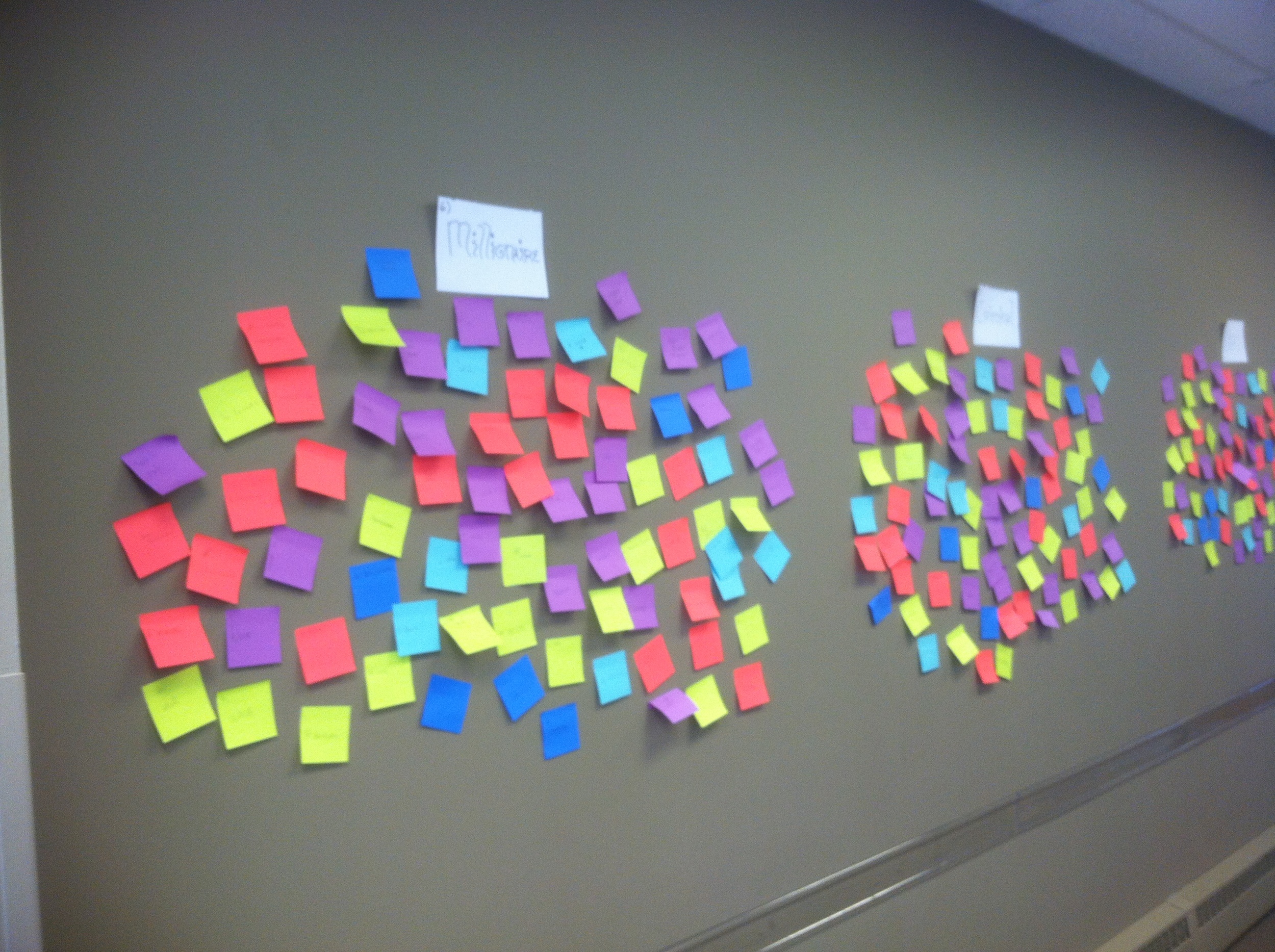So this is one of those blog posts that could get me into a lot of trouble. I have a friend who says that every racial reconciler should possess a little Martin (as in MLK Jr.) and a little Malcolm (as in X). The idea is that we need the balance of MLK's love and peacefulness as well as the demanding, unsatisfied voice of Malcolm. This post is falling a little closer to Malcolm.
This week, many around the world will pause to remember the life and death of Martin Luther King Jr. We will stop to reflect on powerful, prophetic sermons that rocked communities. We will post images of marches, sit-ins, and freedom riders. We'll upload or favorite pictures and tweet our favorite quotes. And I will be among everyone else, loving the celebration of Martin Luther King Jr. and the Civil Rights Movement he represented.
When we truly pause to reflect on this time in American history, it really is astounding. With the advent of television, Civil Rights leaders, including MLK, used this growing technology to draw attention to their plight. They set-up the media to put on display the realities of living in segregated America. The media couldn't resist covering the Movement, even if they wanted to ignore it. Every protest was purposefully creative. At the very least they served three purposes 1. to galvanize the community of the oppressed 2. to move the hearts of the privileged and uninvolved and 3. to provide evidence to the unbelieving that America had a problem that needed to be fixed.
While I am grateful for the ways this legacy lives on, the tradition and history that arises every time I hear the song, "We Shall Overcome", I still want more. I want us to embody the spirit of the protests, not just repeat the steps. I have seen many glimpses of new creativity- Facebook pictures the symbolize our support, apps that make fundraising easy, tweets that spread like wildfire. But I also still see an overwhelming number of small marches and old hymns that lack the courage, creativity, danger, sacrifice, and heart that moved the nation in the 1960s. What happened to our conviction to put racism on display, to show what it looks like, sounds like, feels like?
It seems that many protests today are missing some of these essential ingredients. People gather together but they aren't always representative of the oppressed community, and they certainly aren't always planned and implemented by the oppressed, an essential component of sustainable galvanization. It also seems like a lot of protests are so focused on what they are against, that they have completely forgotten about moving people to care. The beauty of the Civil Rights protests was its incredible growth. White college students from the North were risking their lives because they were so moved to action, so moved to care. Today's protests have the "us vs them" language down, but have they forgotten how to turn "them" into "us"? And lastly, protest planners have to keep in mind that the world is looking for evidence- evidence of a problem. Can your protest put the evidence, the symbols, the faces, the feelings on display? If all three components can exist in today's world of amazing technology, communication and connection, we just might, finally, Overcome.
My immense gratitude for those of old who marched, sat, kneeled, voted, preached, sang, and gave their lives so that I can lead the life I have. And my eternal support to the activists of today who are trying to change the world, one (creative) protest at a time.





